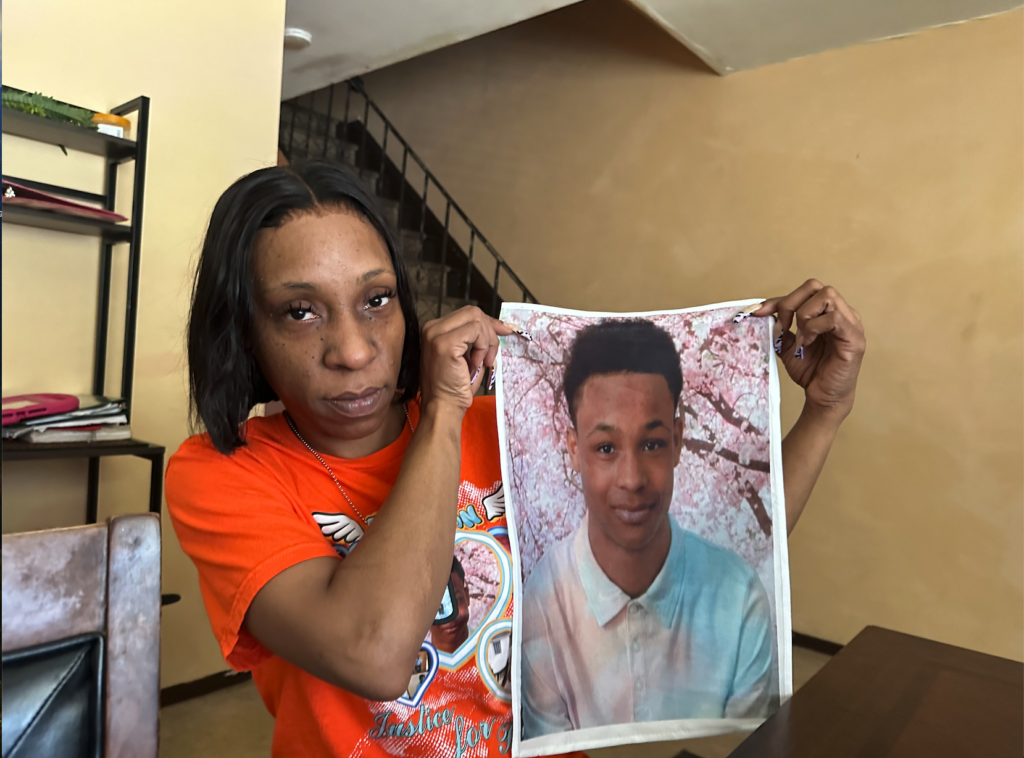State lawmakers grill health commissioner on handling of nursing homes

State lawmakers questioned state health commissioner Howard Zucker, M.D., Monday about a number of issues related to residential health care fatalities amid the COVID-19 pandemic during the first of two legislative hearings in Albany.
Dr. Zucker faced criticism from lawmakers on both sides of the aisle, who questioned the health department’s method for counting nursing home fatalities, current visitation policies and the controversial March 25 directive that said such facilities could not discriminate against admitting a COVID-19 positive patient. Critics have pointed to that directive as being the driver of nearly 6,400 known fatalities in New York nursing homes. Dr. Zucker continuously defended the state’s response and referred to the “false narrative” that the March 25 directive fueled fatalities.
The legislative hearings are part of an effort to examine how decisions were made and what lessons can be extrapolated in the event of another surge in COVID cases or the emergence of future contagious diseases.
“The past four months have tested the very fiber of our state’s being,” said state Sen. James Skoufis (D-Newburgh). “And in so many regards, New Yorkers rose to the occasion, sacrificing our livelihoods to save ours and our neighbors’ lives. … As we all know all too well, however, death was prevalent and harrowing and no place more so than in our state’s nursing homes.”
He pointed to Gov. Andrew Cuomo’s description of the virus ripping through nursing homes “like a fire in dry grass.”
“It’s now up to the Legislature to determine who lit the match and understand how and why the fire fanned out,” Mr. Skoufis said.
In Suffolk County, there have been 588 fatalities at nursing homes and adult care facilities and an additional 243 presumed deaths.
A point of contention was the definition of “fatality” in the context of a nursing home. A nursing home resident who was infected at a facility but later died at a hospital, for example, is not counted as a nursing home fatality, Mr. Skoufis said, adding that no other states count fatalities that way.
‘It’s now up to the Legislature to determine who lit the match and understand how and why the fire fanned out.’
Sen. James Skoufis
Dr. Zucker said he did not have a figure on how many nursing home residents died at hospitals.
“I’m not prepared to give you a specific number,” said Dr. Zucker, who referenced several times that the pandemic is ongoing.
Mr. Skoufis said it “perplexes” him that the administration that has prided itself on data could not provide that information.
He said the definition of a nursing home fatality is fundamental to the Department of Heath’s report last month that concluded asymptomatic employees entering the facilities at the beginning of the pandemic unknowingly led to the spread of the virus. The report, which Dr. Zucker referenced at length during his initial presentation Monday, seemingly disproved the notion that the March 25 directive led to the surge of nursing home fatalities.
Critics have labeled the report as incomplete. Assemblyman Kevin Byrne (R-Brewster) said the report is missing information, specifically a total count of fatalities.
“I stand by all the data in that report,” Dr. Zucker said, adding that it was developed by a team within the health department.
Mr. Byrne questioned the timeline in the report, which concluded that the peak in nursing home fatalities was April 8 and that the peak in the number of nursing home staff who reported COVID-19 symptoms was on March 16 — 23 days earlier. The report cited the average length of time between infection and death as 18 to 25 days. Mr. Byrne asked Dr. Zucker if that timeline would be accelerated for the elderly population.
“That’s a concern and there’s anecdotal evidence,” Mr. Byrne said.
Dr. Zucker said those with extreme co-morbidities, such as someone undergoing chemotherapy, could face a different timeline, but otherwise the time from infection to death so far remains consistent.
State Sen. Gustavo Rivera (D-Bronx) repeatedly questioned Dr. Zucker about how nursing home fatalities were counted and, specifically,whether the health department had changed how it counted them.
“This issue here is there was a lot of confusion up front,” Dr. Zucker said, adding that it was important to not count victims twice.
Mr. Rivera said, “Patting ourselves on the back for victories is a little far-fetched considering we have still more deaths than anybody in the country.”
Dr. Zucker added: “I will not provide information unless I’m sure it’s absolutely accurate.”
Dr. Zucker was the first of a long list of experts who testified Monday.
Neil Hyman, president of the Southern New York Association, which represents 64 facilities — including Acadia Center in Riverhead — said facilities must have reliable access to high-quality personal protective equipment for staff, residents and visitors. Test results must also be available promptly, he said. Recruiting and retaining quality staff is another issue, particularly if there’s another rise in COVID cases, Mr. Hyman said.
Reporting data can be time consuming, he added, so the state should prioritize the key data sets it needs in advance “as much as possible.”
Michael Balboni, executive director of the Greater New York Health Care Facilities Association, drew a comparison between the response to the pandemic and the aftermath of 9/11.
“There is no normal day in a pandemic,” he said. “All the assumptions you make are wrong. The information you receive on a daily basis could be incomplete, could be inconsistent, could be contradictory or could be wrong.”
The first round of testimony lasted about 10 hours. A second hearing with state legislators is scheduled for Monday.








